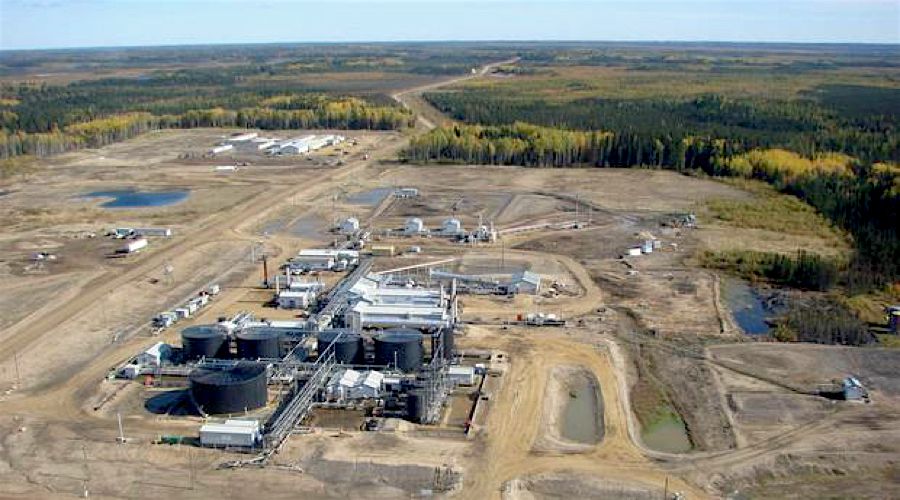Cenovus says railways are ready to ease oil transportation bottlenecks

Oil and gas producer Cenovus Energy Inc expects Canada’s railways to be able to carry more oil in the second half of this year, easing transport bottlenecks and allowing it to stick to previous annual forecasts.
Cenovus, one of the biggest of Canada’s oil sands producers, said in March that it was operating at lower capacity due to the maxing out of pipelines and other routes through which it sends heavy oil south to U.S. markets.
Analysts had wondered if that would threaten its previous targets for the full year, but Chief Executive Alex Pourbaix played down any danger and shares rose 6 per cent in response.
“Despite the temporary pullback in production in the first quarter, we still expect our oil sands volumes for the year to be within our original guidance of 364,000 to 382,000 barrels per day,” he told a conference call with analysts.
“I’m really confident that as we move into the second half this year and into the first half of 2019, we’re going to be seeing very material volumes of oil moving by rail,” he added.
Railways are producers’ second best option for hauling crude to the United States after pipelines but have so far been reluctant to sign the short-term contracts the oil industry favours.
Pourbaix said that railway operators have hired and are training crew to handle crude shipments and have “indicated that they’re reactivating a fair amount of locomotives.”
The transport bottlenecks have increased the discount buyers take for Canadian oil over U.S. light crude and Cenovus said its differentials averaged $24.28 per barrel in the first quarter, a 67 per cent jump when compared with last year.
That in turn hurt profit per barrel. Netbacks, profit after subtracting transport and other expenses, averaged $16.80 per barrel of oil equivalent in the first quarter, compared with $21.25 a year earlier.
Cenovus’ total oil sands production, however, jumped to 359,666 barrels per day in the quarter, from 181,501 barrels per day, a year earlier.
“Investor attention increasingly appears to be migrating toward a much more constructive 2019 outlook,” said Raymond James analyst Chris Cox.
The company posted a loss of $914 million, or 74 cents per share.
Adjusting for some operations the company shut, the quarterly loss was 40 cents per share, while analysts on average expected a loss of 16 cents per share, according to Thomson Reuters I/B/E/S.
Shares of the company were trading at $12.89 Wednesday afternoon, up 5.74 per cent.
(Written by Taenaz Shakir)
More News
Copper prices climb as traders welcome tariff reprieve
April 14, 2025 | 07:44 am
Gold price slips from record on improved risk sentiment
April 14, 2025 | 07:41 am
{{ commodity.name }}
{{ post.title }}
{{ post.date }}




Comments